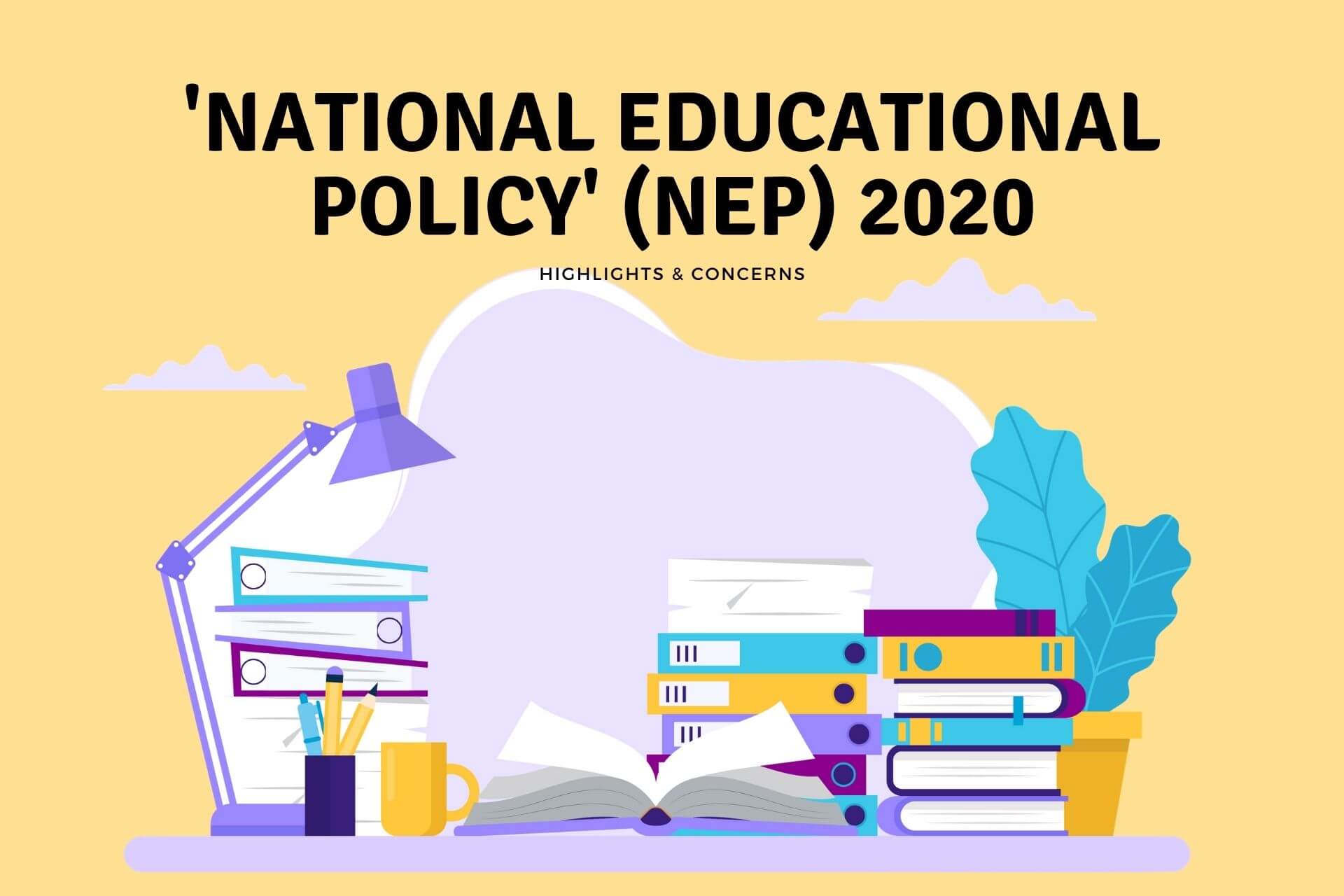Education is the fundamental right of every Indian citizen that helps to develop an equitable and civilized society. Providing universal access to education plays a key role in building a developed India.
National Education Policy (NEP) is India’s central framework for the changes and development of the education system. In 2020, a new education policy under NEP has been cleared by Union Cabinet proposing numerous changes in secondary and higher secondary education all over India. According to reports, the newly proposed education policy aims to make “India a global knowledge super-power.” The new policy replaces the 34-years old education policy to make the system more comprehensive and India a knowledge hub by the end of 2030.
The NEP 2020 focuses on the needs of the Indian citizens and calls for key reforms in secondary and higher secondary education. NEP aims to make the next generation thrive and challenge the new digital age.
NEW Education Policy 2020 has made the following changes in school and higher education:
- The policy has launched a model named Open Schooling System which will help two crore children to get a mainstream education.
- The policy plans to universalize all levels of education with a record of 100% GER (Gross Enrolment Ratio) in school education by 2030.
- The former education hierarchy has been replaced by the new 5+3+3+4 structure. Replacement of the 10+2 structure with the new one would bring India to par as compared to other developed countries if implemented properly. This agenda is a massive step toward the modern educational revolution of India. Also, the new 5+3+3+4 structure is perfect for children under the age group 3-6. At this age, the correct education is crucial for children’s overall development.
- Board exams will be re-designed keeping actual knowledge, strength, and core competencies of a student. There will be two board exams during any given school year – one main examination and one for improvement.
- Mother tongue or regional language will be the medium of instruction up to the 5th standard. As per the new policy, the schools will get the right to choose the language up to standard 5.
- Vocational education will be a part of the course curriculum for both secondary and higher secondary institutions in the coming years. As per reports, a minimum of 50% of learners must be enrolled in vocational training and education over the next decade.
- A new national assessment center named PARAKH will be set up under the new policy. PARAKH stands for Performance Assessment, Review, and Analysis of Knowledge for Holistic Development. Report cards will also show the self-assessment scores by students in addition to existing teachers’ evaluation sheets.
Similarly, at the college level,
- The undergraduate degree will be of either 3 or 4 years. Higher educational institutions will be regarded as teaching-intensive universities or research-intensive universities and Autonomous degree-granting Colleges.
- There will be a university entrance test for getting admission to colleges and universities in the 2022 academic session.
- NEP 2020 has been implemented to get a 50% Gross Enrolment Ratio (GER) by the end of 2030. To reach this goal, the center, as well as the state government, tends to increase public investment in the Education sector.
- ABC (Academic Bank of Credit) will be established for students who wish to store the academic credits earned from various recognized institutions. The score will be counted as a part of the final degree.
- The new NEP 2020 education policy clearly states that the Indian Institute of Translation and Interpretation will also be created along with National Educational Technology Forum where interested students can discuss various methodologies to apply modern technology in learning and administration.
